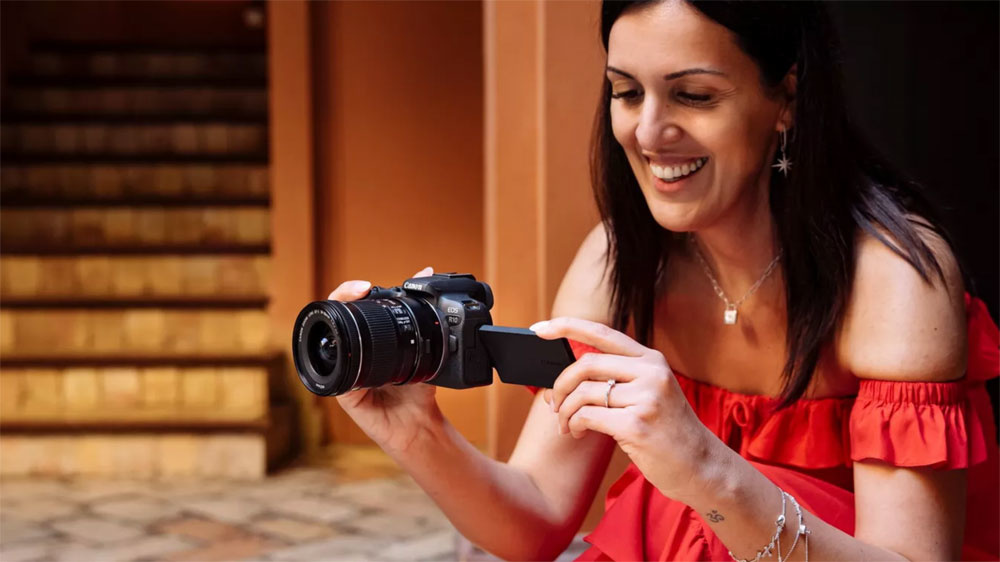When framing your photos, Diana explains it's important to consider what you intend to do with the image and tailor your composition accordingly. For example, portrait images posted to Instagram need to fit an aspect ratio of 4:5. Taken on a Canon EOS R10 with a Canon RF 35mm F1.8 MACRO IS STM lens at 1/200 sec, f/1.8 and ISO200. © Diana Millos







